Top Image: Douglas MacArthur with Emperor Hirohito, September 26, 1945. Courtesy of the US Army Signal Corps photograph, taken by Gaetano Faillace.
On September 26, 1945, 24 days after Imperial Japan’s representatives signed the surrender on the deck of the USS Missouri before General Douglas MacArthur, Emperor Hirohito left his palace and called on MacArthur, then transitioning into his new role as Supreme Commander of Allied Powers (SCAP) in Japan. Wearing a top hat and Western-style suit, Hirohito’s visit was unprecedented for a Japanese ruler. It signaled the vastly changed relations of power in East Asia after the United States led the Allies to victory in the region. During the emperor’s meeting in Tokyo with MacArthur, captured in an unforgettable photograph, Hirohito evidently took responsibility for his country’s actions in World War II. This likely saved him from later facing trial for war crimes with other members of the Japanese elite.
What MacArthur and the Truman Administration envisioned for the occupation of Japan was also unprecedented. They devised ambitious plans to transform the country—plans built around the two key principles of Democratization and Demilitarization. And they did not brook any delays in implementing them.
Some US planners and policymakers, ignorant of Japanese history, believed they were creating democracy in Japan ex nihilo. They were deeply mistaken. In fact, Japan had adopted its first constitution in 1889 during the Meiji Era (1868-1912). Although modeled on the authoritarian constitution of Otto von Bismarck’s Germany, it did establish a parliamentary system and provided the basis for a struggle within Japanese politics for civil liberties. Liberals and leftists prosecuted this struggle vigorously over the next four decades. As Japan industrialized in this period, a new working class also emerged. With this Japanese proletariat came unionization battles, the formation of a socialist party, and later, after the Bolshevik Revolution, the establishment of a communist party. These parties posed a vital challenge to the imperialist camp in the country. The subsequent Taishō Era (1912-1926) saw major democratic gains. Most significantly, in March 1925, the Japanese Diet (parliament) passed a Universal Manhood Suffrage Act.
The repression which started in the late Taishō period and metastasized rapidly after Hirohito’s ascension of the Chrysanthemum Throne in December 1926 reversed the progress in democratization. Right-wing ultra-nationalism and the dominance of the armed forces set Imperial Japan on a disastrous geopolitical course after 1930.
General Douglas MacArthur speaking on the deck of the USS Missouri, September 2, 1945. Gift in Memory of “Ham” Hamilton, from the Collection of The National WWII Museum, 2010.216.056.
The Initial Post-surrender Policy that MacArthur as Supreme Commander (and this title perfectly captured his almost unlimited authority) executed, starting in October 1945, looks all the more astonishing when one sees the longer context of the battle for freedom and equality in Japan. This was a democratic revolution from above.
Only a week after MacArthur’s meeting with Hirohito, the general issued his “civil-liberties directive.” First, it abolished the 1925 Peace Preservation Law, legislation which had been used to arrest and imprison thousands of leftists. Restrictions on freedom of the press and freedom of assembly were lifted. American occupation officials dissolved, too, the dreaded Special Higher Police (also known as the Thought Police), originally founded to combat the radical Left, and removed the head of the Home Ministry and Japan’s national police agency. Thus, the old security apparatus disappeared just as the Japanese people saw a massive opening up of the public sphere. Perhaps the most surprising action MacArthur took was the release of political prisoners, including high-profile members of Japan’s formerly banned Communist Party. Outraged, the Cabinet, led by the aristocratic Prince Naruhiko Higashikuni, recognized for his earlier opposition to war with the United States (Hirohito had appointed him as head of government in mid-August 1945), protested this measure. Nonetheless, the prisoners, including Tokuda Kyuichi, the chairman of the Communist Party, were freed. Higashikuni, with his entire Cabinet, resigned on October 9.
Hardly deterred, MacArthur promptly met on October 11 with the new premier, Shidehara Kijūrō. Kijūrō had once been a central figure in Japanese diplomacy during the 1920s and an opponent of an aggressive foreign policy. MacArthur informed him of his latest, even more momentous directive. Japan would need a new constitution. Among the freedoms it would guarantee, Kijūrō was told, was women’s suffrage. Among other aspects of the October 11 order were the right of Japanese workers to organize, to strike, and to demand collective bargaining. Control over the economy by a powerful oligarchy had to be dramatically curtailed. MacArthur also demanded a program of land reform that benefited small farmers at the expense of the old landowning class. However, he did push to retain the emperor, a move that angered many of his American peers.
As John Dower remarked, “the American regimen cracked open the authoritarian structures of the old society in a manner that permitted unprecedented individual freedoms and unanticipated forms of popular expression to flourish.” Yet should we not regard this democratic revolution (and I have only touched on its early moments) as more a revival of the hopes and aspirations of the most progressive elements of Japanese society from the Meiji and Taishō periods? Moreover, it took support from within Japan for MacArthur’s reforms to ensure they were not viewed merely as victors’ justice. Put more bluntly, Japanese men and women rallied to the democratic polity decreed by the United States, a political system which has now endured for several generations.
This article is part of a series commemorating the 75th anniversary of the end of World War II made possible by the Department of Defense.
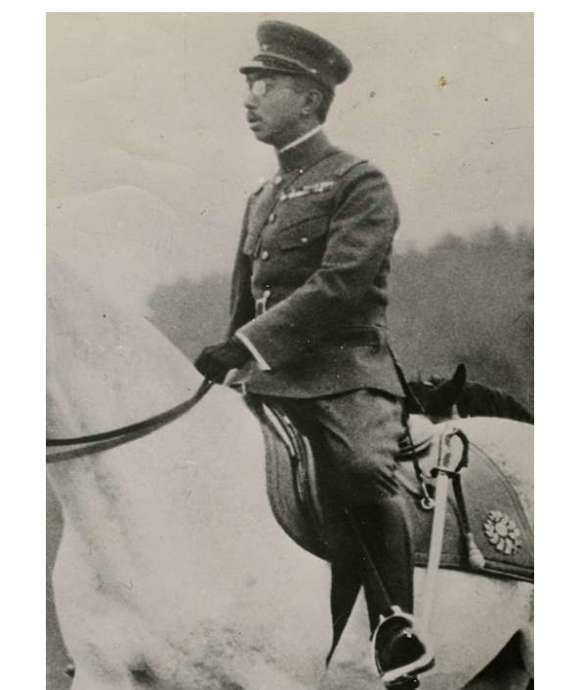
"To Bear the Unbearable": Japan's Surrender, Part II
Japanese military leaders debated Japan's possible surrender up to the last moment. Emperor Hirohito's intervention was critical.
Jason Dawsey, PhD
Jason Dawsey, PhD, is ASU WWII Studies Consultant in the Jenny Craig Institute for the Study of War and Democracy.
Cite this article:
MLA Citation:
APA Citation:
Chicago Style Citation:
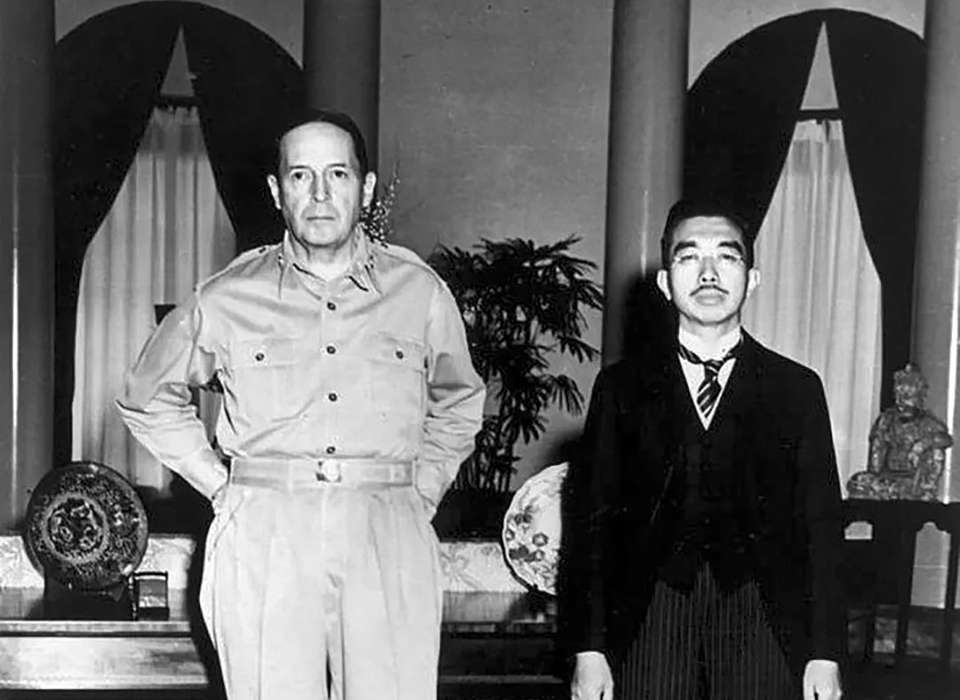
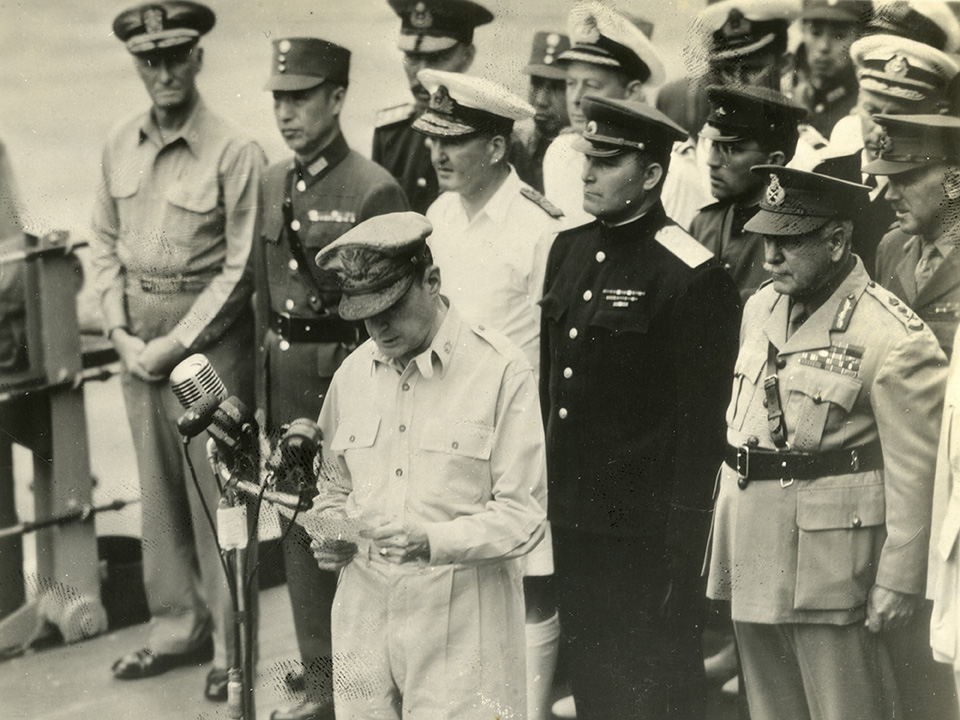
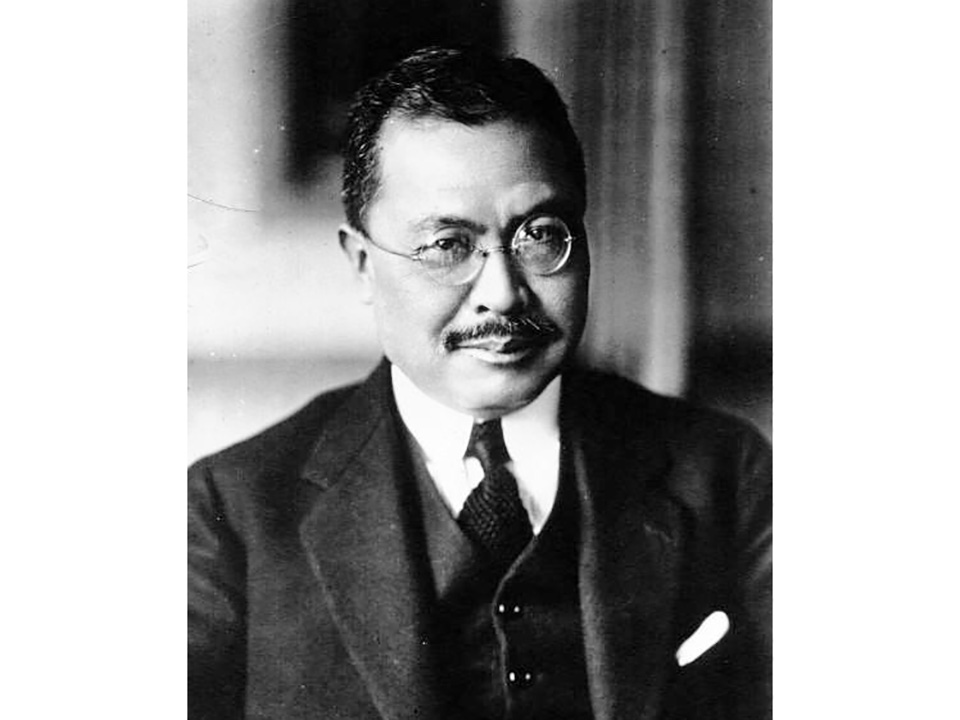
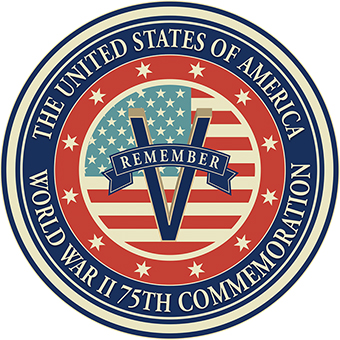






![Max Fuchs, New York City cantor, sings as Rabbi Sydney [sic] Lefkowitz, Richmond, VA, conducts the first Jewish services from Germany.](/sites/default/files/styles/max_650x650/public/2025-10/image1.jpg)

